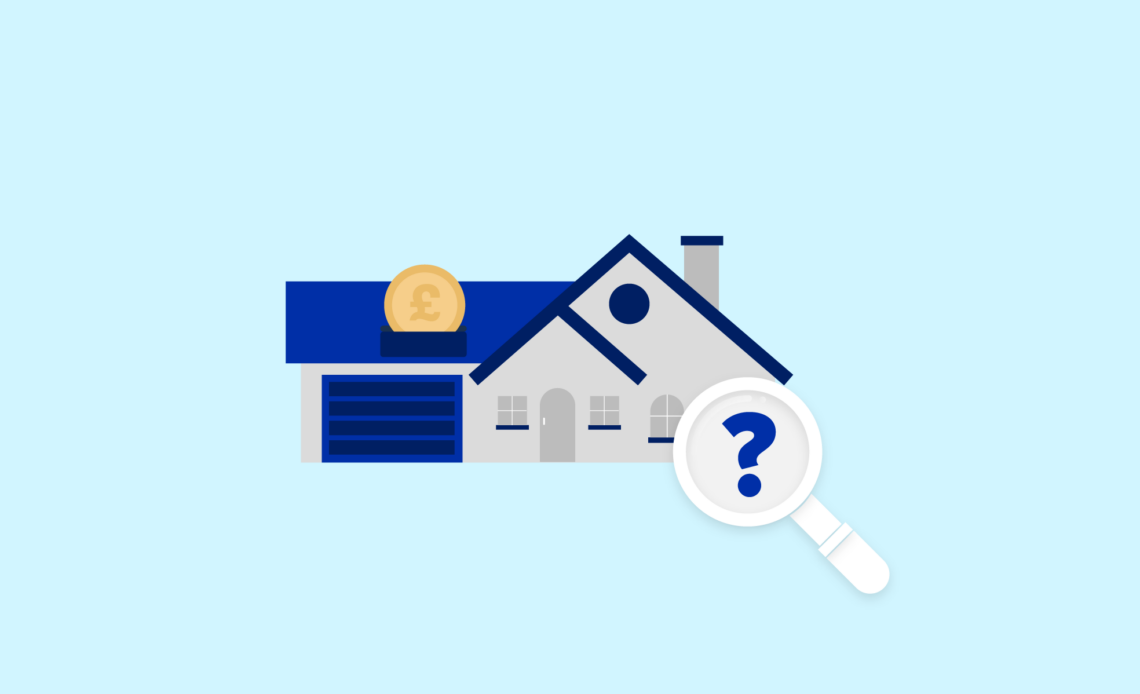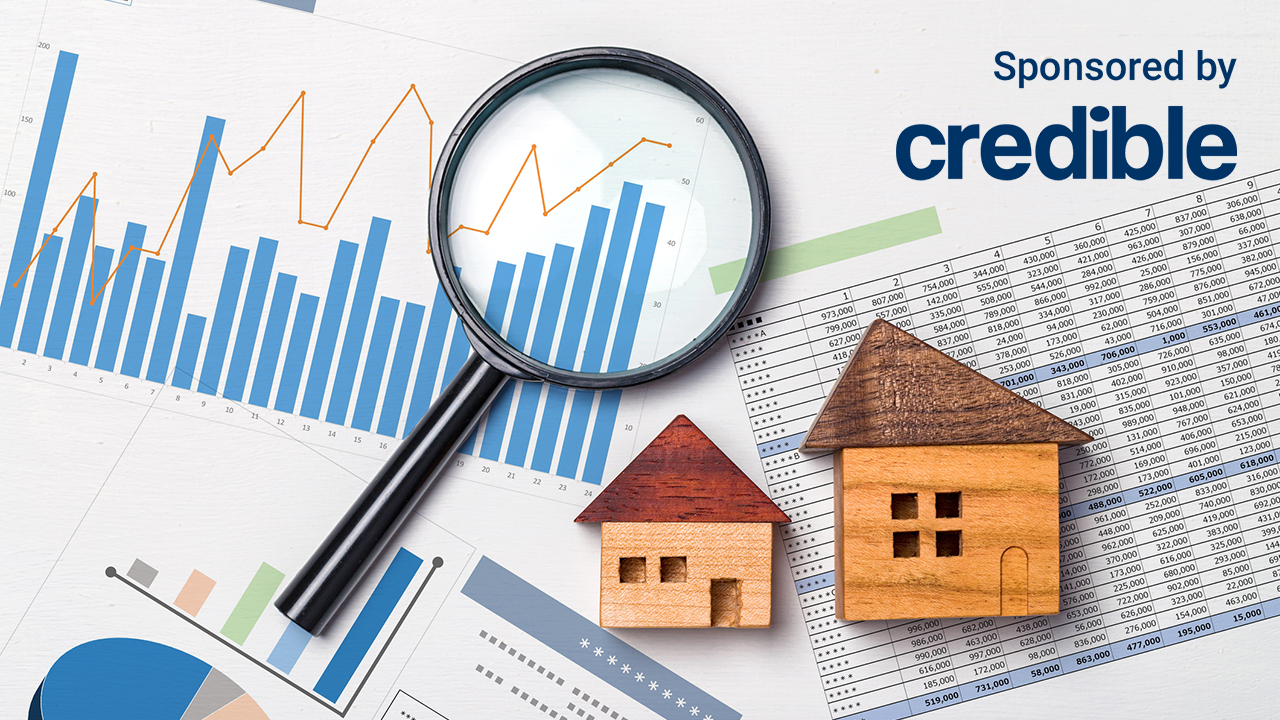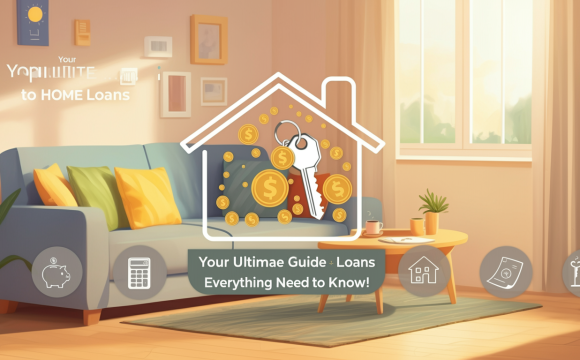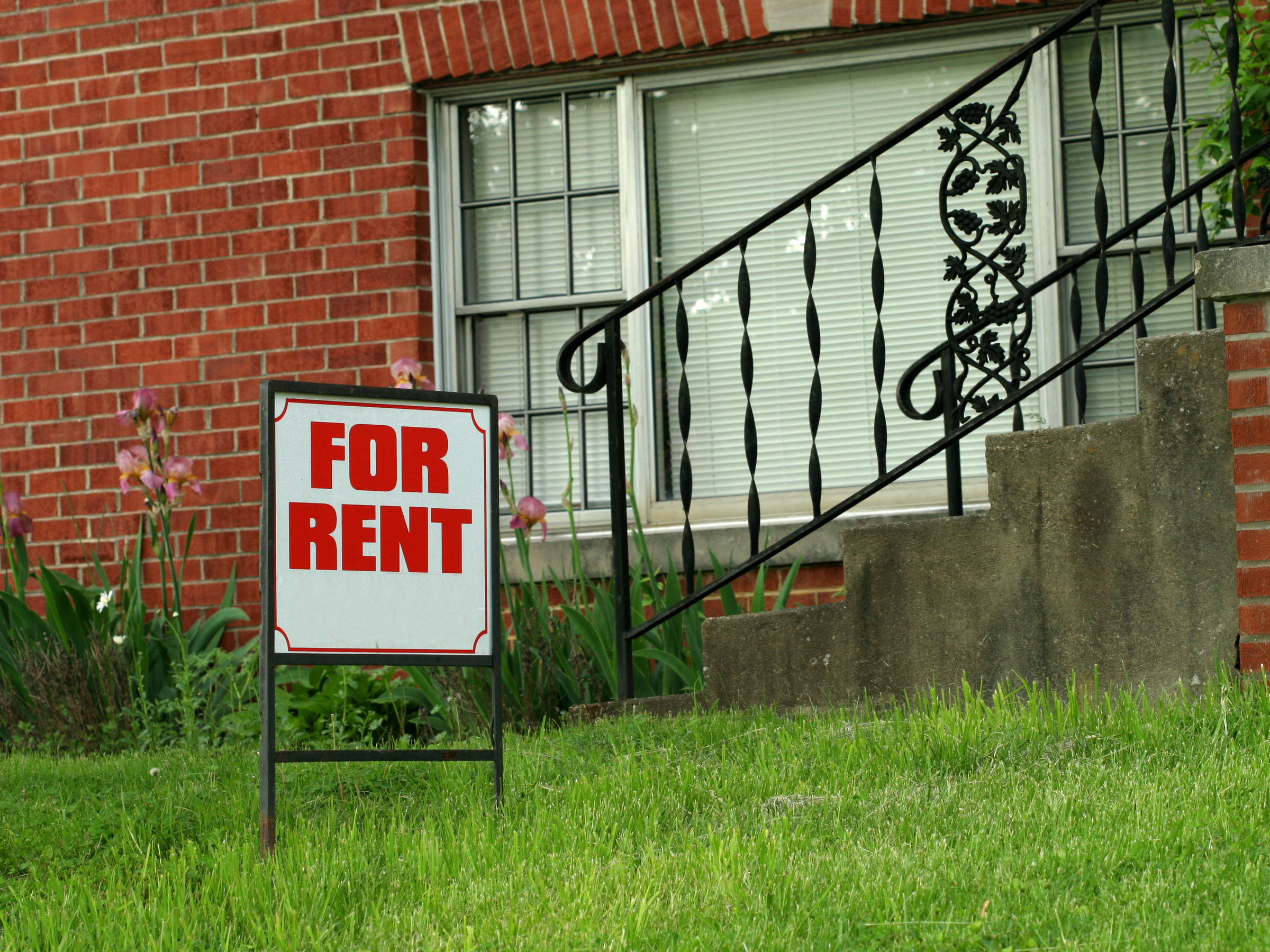Introduction
In the wild world of real estate, buying a house is often the Holy Grail for many. The adventure takes many forms, but let’s talk about a particularly intriguing route: buying a house “as-is.” It’s the equivalent of diving into a pool without checking how deep it is or whether there are any rubber duckies floating around. But don’t worry; we’re here to help you navigate this pool without a wet towel.
Buying a home as-is means you’re getting it in its current condition—flaws, quirks, and all. But why would anyone consider this approach? Well, my friend, it could be an opportunity for a hidden treasure if you know what you’re doing. Let’s dive in!
Understanding Conventional Loans
What is a Conventional Loan? The Basics Unpacked
A conventional loan is a type of mortgage that isn’t insured by the government. Unlike FHA and VA loans, these loans are the gold standard for many buyers. It usually requires a higher credit score and a down payment (typically around 3% to 20% of the home price) but offers flexibility and competitive rates. Think of it as the sturdy, reliable cousin at a family reunion—dependable and a little less quirky.
How Conventional Loans Work: The Nuts and Bolts
Lenders evaluate your financial background, looking at your credit score, income, and asset status. With a conventional loan, you’ll usually find yourself working with a mortgage broker or a bank. The interest rates are generally determined based on your creditworthiness, and, folks, this isn’t just a number—it’s your financial selfie.
Eligibility Requirements: Do You Have What It Takes?
To be eligible for a conventional loan, you typically need a credit score of at least 620, a steady income, and a low debt-to-income ratio. In other words, you need to be somewhat of a “responsible adult.” Think of it this way: you want to convince the lender that you can pay them back, and that’s not just about looking good on paper—it’s about showing you’ve got your financial life in order.
The Concept of Buying As-Is
Defining As-Is: What Does That Really Mean?
When it comes to real estate, “as-is” means that the seller won’t be making any repairs. You’re essentially buying a time capsule, equipped with its current charm and challenges. This could mean everything from minor cosmetic issues to major structural problems—and hey, that shag carpet from the ‘70s? That’s part of the package, too.
Pros and Cons of As-Is Properties: The Good, the Bad, and the Definitely Ugly
Pros:
- Lower Purchase Price: Sellers often list as-is homes at a discount due to their condition.
- Room for Improvement: You can personalize the property to your liking.
Cons:
- Potential Hidden Costs: You might uncover a lot of surprises once you step inside.
- Financing Difficulties: Not all lenders are eager to finance a house that needs work.
Not All As-Is Homes are Created Equal: Key Considerations
Before you set your heart on that 1950s ranch with the avocado-green appliances, consider what you’re getting into. Not all as-is properties are akin to haunted houses; some just need a bit of TLC, while others may require a full-fledged renovation. Inspecting the property thoroughly can save you headaches—and heartaches—down the line.
The Intersection of As-Is Properties and Conventional Loans
Can You Really Buy As-Is? Debunking Myths
Yes, you can buy an as-is home with a conventional loan! But it’s essential to dot your i’s and cross your t’s. Many buyers mistakenly believe that as-is homes are off-limits when it comes to conventional financing, but that’s not the case. You just have to be prepared for what that entails.
Lenders and As-Is Properties: What They’re Looking For
Lenders want assurance that the property is worth the investment as-is. They’ll evaluate the home’s appraisal and inspect for major issues. If they see peeling paint and a roof that’s got more leaks than a sieve, you might face challenges getting the mortgage approved.
The Role of Home Inspections: Knowing What You’re Getting Into
A home inspection is your best friend in this journey. It helps identify all the “surprises” you might encounter after the sale. And trust me, you don’t want to find out about them after you’ve already purchased the house—unless you like suspenseful horror movies, then by all means, go ahead!
Financing Potential Fixer-Uppers: When Conventional Loans Work
A conventional loan can certainly work for fixer-uppers, but be mindful of the property’s condition. Some lenders offer renovation loans, which allow you to finance both the home purchase and the cost of repairs. It’s like getting a two-for-one deal without the extra calories.
Challenges in the As-Is Buying Process
Low Appraisals: When Dreams Meet Reality
If the appraisal comes in lower than expected, you may have to come up with additional cash to close the deal. It’s the real estate equivalent of expecting a five-star meal and getting a sad bowl of soggy noodles instead.
Discovering Hidden Problems: The “Uh-Oh” Factor
Surprises aren’t always welcome. After all, who wants to discover mold in the attic or a leak in the basement? It’s crucial to budget for unexpected repairs, or brace yourself for the emotional rollercoaster that comes with unplanned expenses.
Seller Disclosure: What They’re Hiding and What You Should Know
Sellers are typically required to disclose any known issues with the property. However, you can’t always trust them to confess every little quirk. If they hand you a disclosure that reads like War and Peace, be wary—you might be missing the cliff notes.
Working with Real Estate Professionals
Choosing the Right Agent: Your Partner in As-Is Home Hunting
Your real estate agent should have experience with as-is properties. They’ll help you sift through the choices, ensuring you land on a gem rather than a “well, it’s got character” disaster.
Questions to Ask Your Realtor about As-Is Properties
It’s essential to ask your agent about their experience with as-is transactions, local market trends, and property evaluations. Knowledge is power—especially when it comes to houses that may need a little extra love.
The Importance of a Knowledgeable Lender in This Journey
Working alongside a lender experienced in financing as-is homes can make a world of difference. They’ll help you navigate the complexities of getting approved while potentially guiding you to suitable financing options.
Strategies for Success
Tips for Negotiating an As-Is Purchase: Play Your Cards Right
When negotiating, keep your cards close to your chest. Be prepared to walk away if the seller isn’t flexible. Sometimes, saying “no thanks” is the best negotiating strategy. Better to wait for the right opportunity than dive into a not-so-great deal.
Understanding Contingencies: Protecting Your Investment
Contingencies can save your bacon if you find hidden issues later. Including contingencies for inspections and appraisals in your offer will give you a chance to back out if the home reveals itself to be more of a nightmare than a dream.
Creative Financing Options Beyond Conventional Loans
If a conventional loan doesn’t fit the bill for your as-is home, you might explore FHA 203(k) loans, which allow you to borrow for both purchasing and refurbishing the home. Think of it as a makeover show where you’re the star!
The Closing Process for an As-Is Property
What to Expect at Closing: The Final Countdown
Closing can feel like a TV drama finale. There are loads of documents to sign, and your palm might get sweaty. But once you sign on that dotted line, the house is yours—complete with its quirks and all.
How to Prepare for Potential Surprises: Expect the Unexpected
Pre-closing, prepare for surprises by doing your homework. Research local building codes and potential HOA requirements so you’re not caught off guard after you’ve officially crossed the finish line.
Closing Costs: Additional Fees You Might Overlook
Be mindful of closing costs, which can range from 2% to 5% of the purchase price. This could include loan fees, appraisal fees, and title insurance. Keep an eye on these; they can sneak up on you.
Real-Life Examples and Experiences
Success Stories: Homeowners Who Took the Plunge
Meet Sarah and Tom, who bought an adorable as-is fixer-upper. With a bit of sweat equity, they transformed it into a cozy haven. Their secret? A solid home inspection and a firm budget for repairs. Pro tip: They also discovered their new backyard had a vintage swing set—bonus!
Cautionary Tales: Learning from Others’ Mistakes
Let’s not forget Brian, who fell in love with a dilapidated Victorian. He ignored the warning signs—like the leaning chimney—and found himself in a budget sinkhole. Always remember: trust your gut, not just your heart!
Conclusion
So, is buying an as-is property with a conventional loan worth it? Absolutely—if you’re ready for the journey. With careful planning, the right professionals by your side, and perhaps a sense of humor in tough times, you can navigate the world of as-is properties successfully.
Call to Action
Ready to dive into the adventure of buying an as-is home? Equip yourself with knowledge, scrutinize those brick-and-mortar beauties, and don’t forget to flex your negotiation muscles. Your future home is just waiting for someone brave enough to see its potential!
Additional Encouragement
Remember, every as-is story can have a happy ending (or at least a livable one). If you think you can handle the quirks, a hidden gem awaits you! Bon voyage on your house-hunting expedition!






